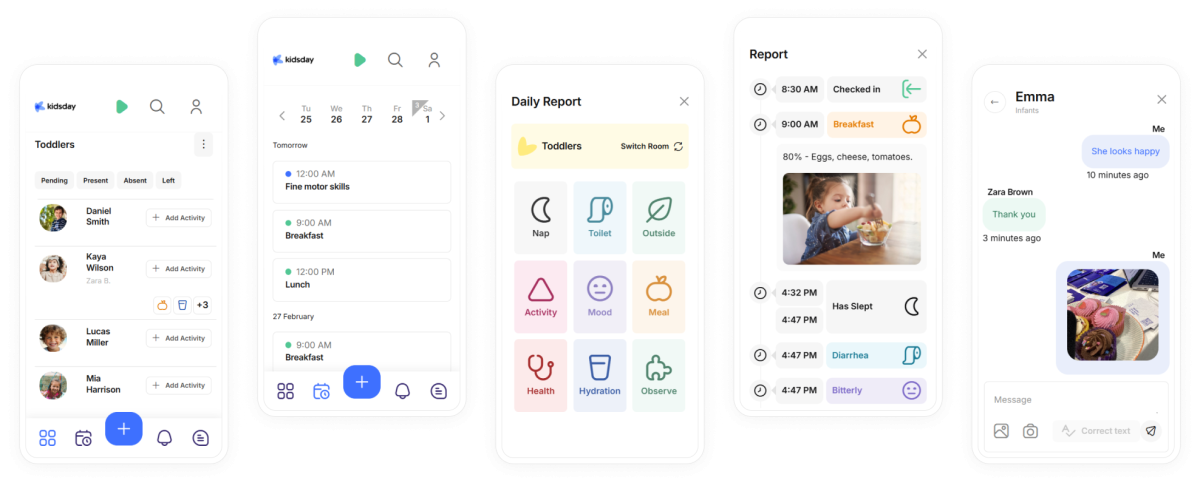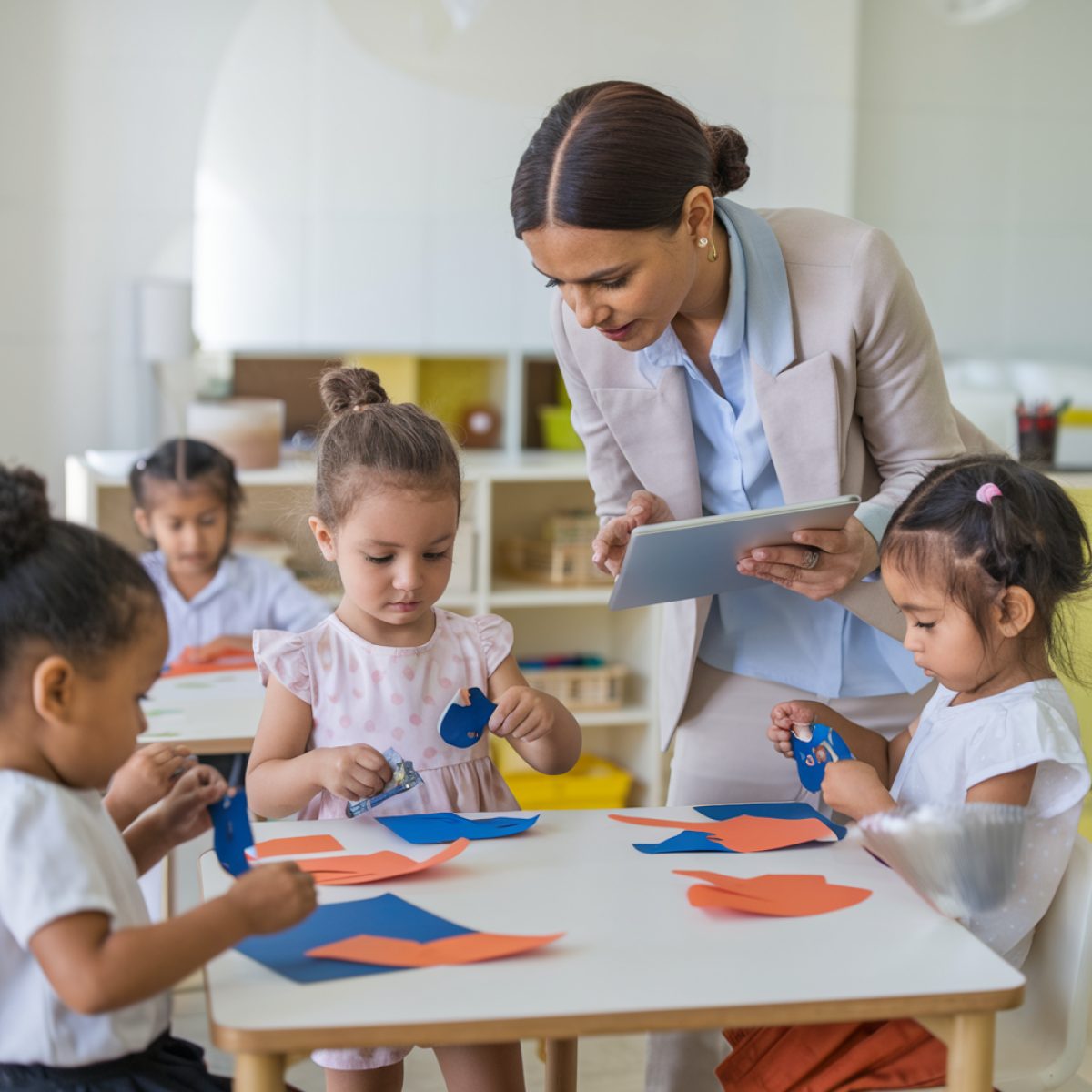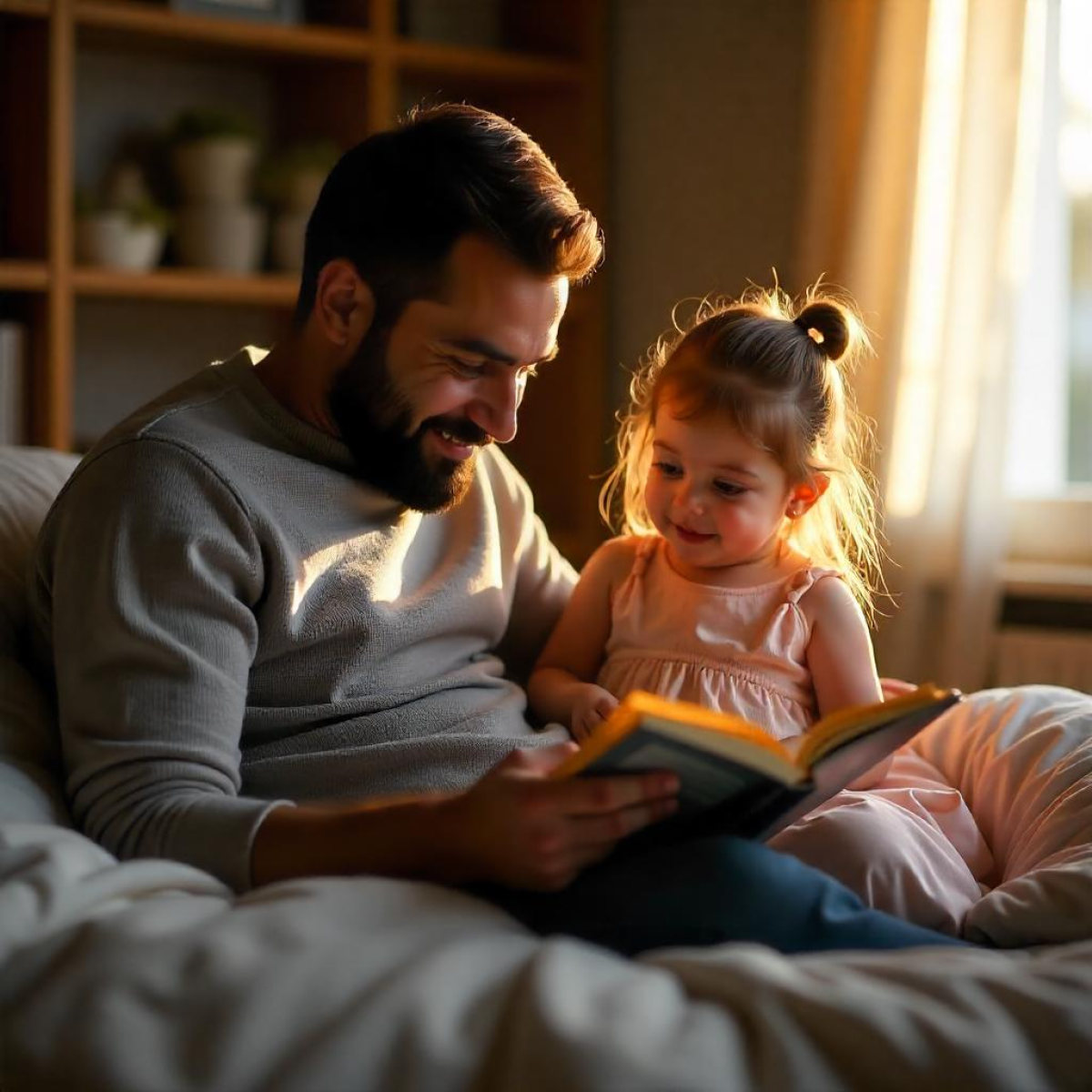Many educators have asked this question at some point in their careers:
“Why does a child behave so differently at daycare compared to how they act at home? Is it normal? Does the child have two different personalities?”
The short answer is: Yes, it’s normal. But to fully understand this behavior, we need to look deeper into child development and the environments they grow up in.
Children don’t have different personalities – they adapt their behavior
Children are highly sensitive to their environment and the relationships they form with people around them. They don’t have two personalities, but they may show two different behaviors that reflect how they feel and what is expected of them in each setting.
At daycare, children are part of a group. They’re more aware of rules, routines, and the need to share, cooperate, and follow instructions. In this environment, many children show more emotional control and appear more cooperative or “well-behaved.”
At home, they’re in their comfort zone. This is where they feel most secure, so they may express their emotions more freely — even if that means having a meltdown, being more demanding, or resisting instructions. This isn’t a sign of poor behavior but rather a sign of emotional safety and connection with their caregivers.
Emotional development and “two worlds”
During early childhood, children are still developing their identity and exploring different ways to interact with the world. Their behavior is influenced by:
-
Daily routines and structure
-
Their relationship with adults (educators vs parents)
-
Competition for attention (or lack thereof)
-
The sense of control they feel in each setting
For example, a child might be more “obedient” in daycare because they recognize it as a structured environment led by non-familial adults. At home, they may push boundaries because they feel emotionally safe and more in control.
What can teachers do to help?
1. Observe and document behavior at daycare
Educators have a unique perspective on how children interact socially, express emotions, and progress in self-regulation. Sharing these insights with parents can help them better understand their child’s development.
2. Communicate clearly and positively with parents
Don’t assume that parents know how their child behaves in a group setting. Share concrete examples, such as “Today, Liri waited patiently for her turn with the playdough,” or “Aron helped a friend who dropped his toy.” These small moments reflect emotional growth.
3. Use technology to bridge communication
With tools like Kidsday, educators can easily share important updates from the day — such as routines, photos, or short behavior notes. This builds trust and offers a fuller picture of the child’s development in both environments.
What can parents do?
-
Don’t worry if your child behaves differently at home. This is completely normal and reflects their sense of emotional security with you.
-
Acknowledge and accept their emotions. Children may release tension from the day once they’re home. This isn’t bad behavior — it’s part of processing.
-
Stay connected with what’s happening at daycare. Ask teachers about routines, emotional growth, and how your child interacts socially — and try to mirror some of that structure at home, like mealtime or quiet time.
Kidsday: Strengthening the connection between home and daycare
With kidsday, educators and parents can stay closely connected and gain a shared understanding of the child’s growth. Through:
-
Personalized daily reports
-
Routine tracking and sharing
-
Photo updates and continuous communication
…kidsday becomes a valuable bridge between two worlds — helping parents stay informed and involved, and giving children the consistency they need to thrive.
Children don’t have two personalities — they simply respond differently to different environments and relationships. It’s our role as educators to help parents understand this and to see it as part of a healthy, normal development process.
By using tools like kidsday and sharing consistent communication, we help build trust, strengthen the home-school connection, and most importantly — support each child’s growth in a meaningful way.








